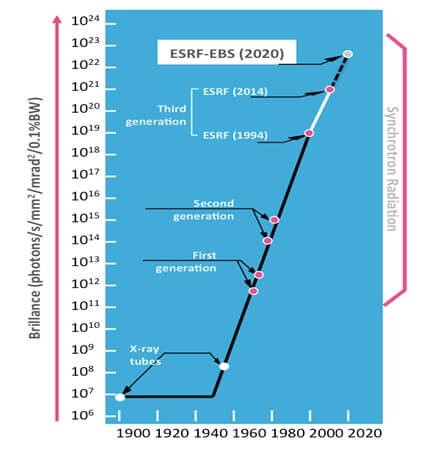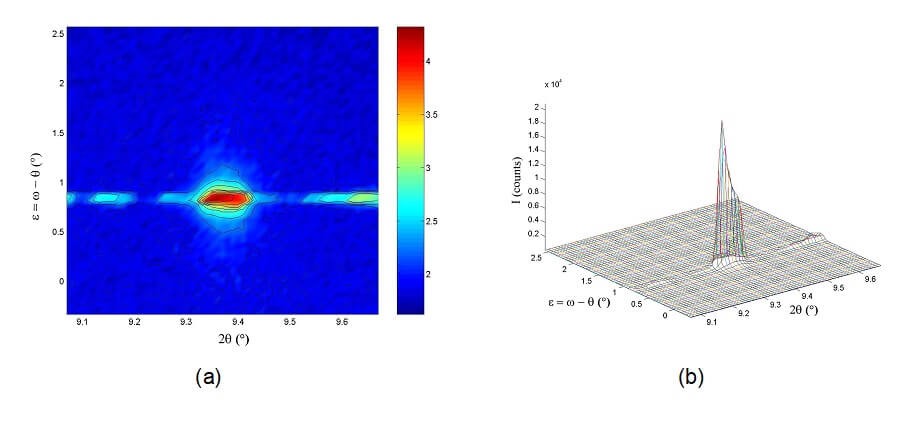ABOUT
Our group is focused on the exploration of quantum materials and multifunctional nanoparticles by using synchrotron X-ray and neutron scattering techniques.
- Quantum materials are materials for which the interactions between the constituent particles cannot be treated in a semi-classical manner and their properties are best described as having a nontrivial quantum mechanical origin. They are both a treasure trove of challenging condensed matter physics problems and a potential source of unprecedented applications. Such physics problems include: novel ground states, non-Fermi liquid behavior, quantum phase transitions, charge ordering in complex oxides. Applications to be engendered by quantum materials will potentially revolutionize energy, information and sensing technologies, and hold promises to even contribute decisively to address currently unmet biomedical challenges.
Most of our scientific effort is focused on those quantum materials that exhibit strong correlations. We aim to understand how details of the structure and composition determine the ground state of a system, as well as various phase transitions. The materials we investigate are characterized by structural complexity at short, nano- meso- and average length scales (which are relevant for their properties), often exhibit various types of disorder (which dictate their properties), and undergo subtle structural phase transitions under a control parameter such as temperature, pressure, magnetic field, substitution(s), strain, reduced dimentionality.
- Multifunctional nanoparticles are complex nanoparticles that have the ability to combine numerous properties, such as electronic, magnetic, optical, and catalytic. They have great potential for various applications including energy and biomedicine.
Our aim is to determine the precise structure of such nanoparticles, i.e. their atomic arrangements quantitatively and with high precision. By their very nature, nanostructured materials have structural coherence at the nm length-scale and thus conventional X-ray diffraction techniques are inapplicable for such studies.
To address these complex structural problems on both the above classes of materials we use advanced structural probes at large scale synchrotron and neutron facilities worldwide. Conventional X-rays produced by X-ray tubes, while necessary for preliminary experiments, are inadequate for the structural investigations just outlined. Synchrotron light has unique properties including brightness which is 22 orders of magnitude higher than the one of conventional X-rays. Synchrotron light is the main radiation that we use for our studies. In addition to brightness, we exploit other unique properties of synchrotron light as well as neutrons which are complementary to synchrotron radiation in several aspects. These experiments, coupled with advanced data analysis, unravel the accurate and precise structure of the material: how exactly it is built down to the scale of Angstrom.

Our key goal is to establish the structure-property-function relationship in quantum materials and multifunctional nanoparticles via the correlation of their structure with their electronic and magnetic properties, in order to understand the organizing principles that lead to complex collective behavior in these systems. This knowledge is the foundation on which future progress will be built towards tailoring materials (via materials design or exploratory synthesis) in order to obtain the desired set of properties and functionalities.

Our research is strongly interdisciplinary: it bridges, crystallography (on single crystals, powders and nanoparticles) condensed matter physics, solid state chemistry and nanoscience. It also has strong international collaborative character, including frequent access to various beamlines at synchrotron X-ray and neutron facilities.